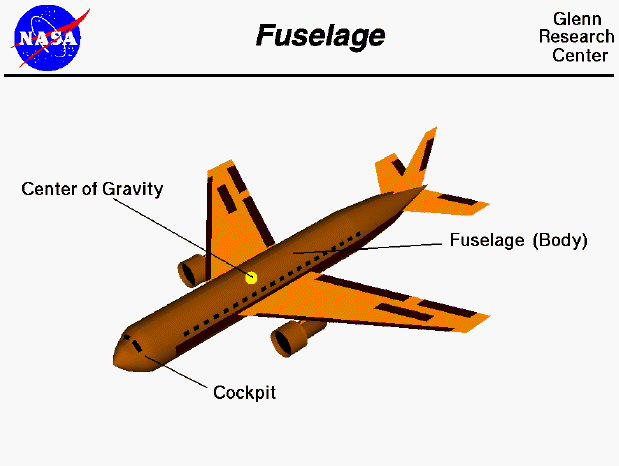Understanding Aircraft Categories, Classes, and Types
To truly understand aviation, it’s important to grasp the Federal Aviation Administration’s (FAA) aircraft classification system. Aircraft are broadly grouped into categories such as airplanes, gliders, rotorcraft, and balloons. Each category is then further refined by class – like single-engine land or multi-engine sea – which specifies the aircraft’s operational capabilities. Type, on the other hand, refers to the exact make and model, like a Boeing 737 or Airbus A320. Certain aircraft, particularly those over 12,500 pounds or turbojet-powered, require a type rating, which is a specific certification on a pilot’s license. Understanding these distinctions is essential for becoming a safe, qualified pilot, especially for those looking to pursue a career in commercial aviation.
Anatomy of an Airplane: Key Structural Components

Aircraft may vary in size and purpose, but their core structures remain consistent. The fuselage serves as the body of the aircraft, housing everything from flight deck to cargo. Wings generate life, allowing flight, while the flight deck is where pilots monitor instruments and control systems. Engines and propellers produce thrust, while the empennage – or tail assembly – ensures stability in flight. The landing gear, often retractable in higher-performance aircraft, enables smooth transitions between ground and air. Mastering these parts builds the foundation for understanding how aircraft operate and why they behave the way they do in flight.
The Four Forces of Flight Explained
Flight is governed by the balance between four aerodynamic forces: lift, weight, thrust, and drag. Lift, primarily generated by the wings, counteracts weight, which pulls the aircraft downward due to gravity. Thrust, produced by engines or propellers, propels the aircraft forward, while drag resists this forward motion. Understanding how these forces interact helps pilots manage aircraft performance during climb, cruise, and descent. When all four are in equilibrium, the aircraft maintains steady flight. When unbalanced, changes in speed or altitude occur. These principles are essential for every pilot to master.

The 4 Types of Airspeed Every Pilot Must Know
Each type of airspeed tells a different story about how an aircraft is performing. Indicated Airspeed (IAS) is the basic reading of the airspeed indicator but can be affected by installation errors. Calibrated Airspeed (CAS) corrects those errors, offering more accurate flight data. Equivalent Airspeed (EAS) adjusts CAS for compressibility effects at higher speeds and altitudes – vital for structural analysis. True Airspeed (TAS) accounts for altitude and temperature, making it critical for flight planning and navigation. Finally, Groundspeed (GS) represents how fast the aircraft is moving over the ground, factoring in wind direction and speed. Each plays a vital role in decision-making and safety during flight operations.
Don’t Miss the Private Pilot Blueprint
Just getting started on your flight training journey – or still thinking about taking that first leap? Don’t miss out on The Private Pilot Blueprint, a free, comprehensive guide designed to help you navigate the private pilot certification process efficiently and affordably.
Packed with time-saving strategies, money-saving tips, and clear step-by-step advice, this guide empowers you to start strong and stay focused. This roadmap will set you up for long-term success.
Downloaded The Private Pilot Blueprint today – because a good pilot is always learning.
